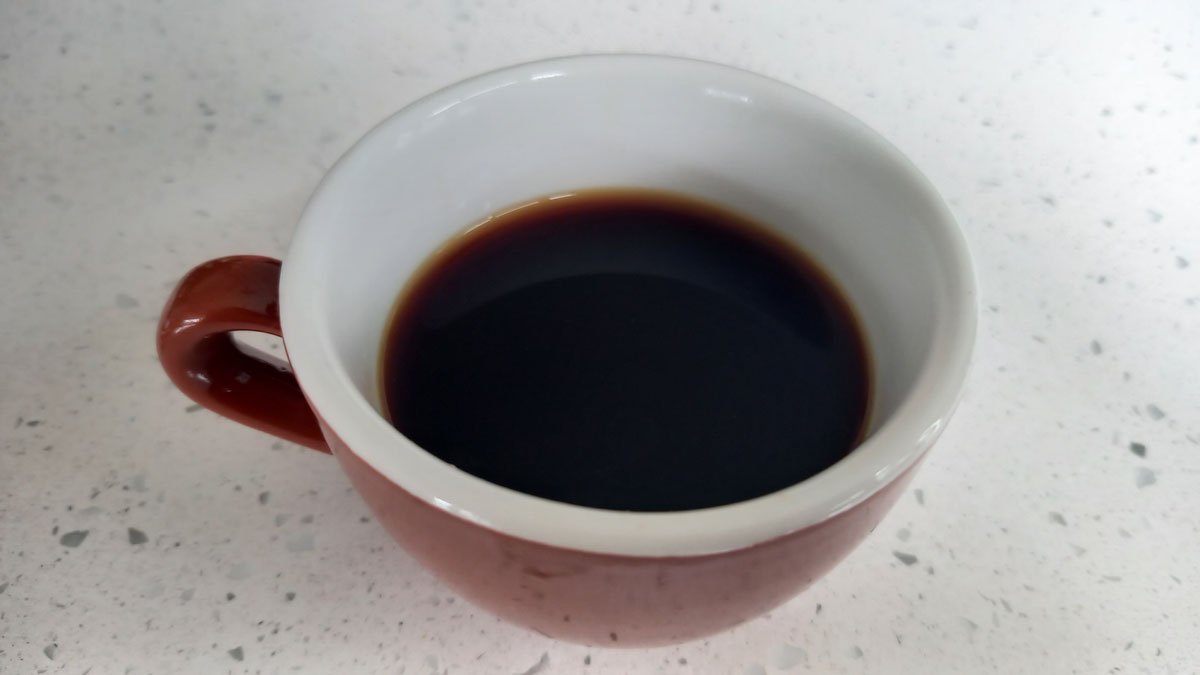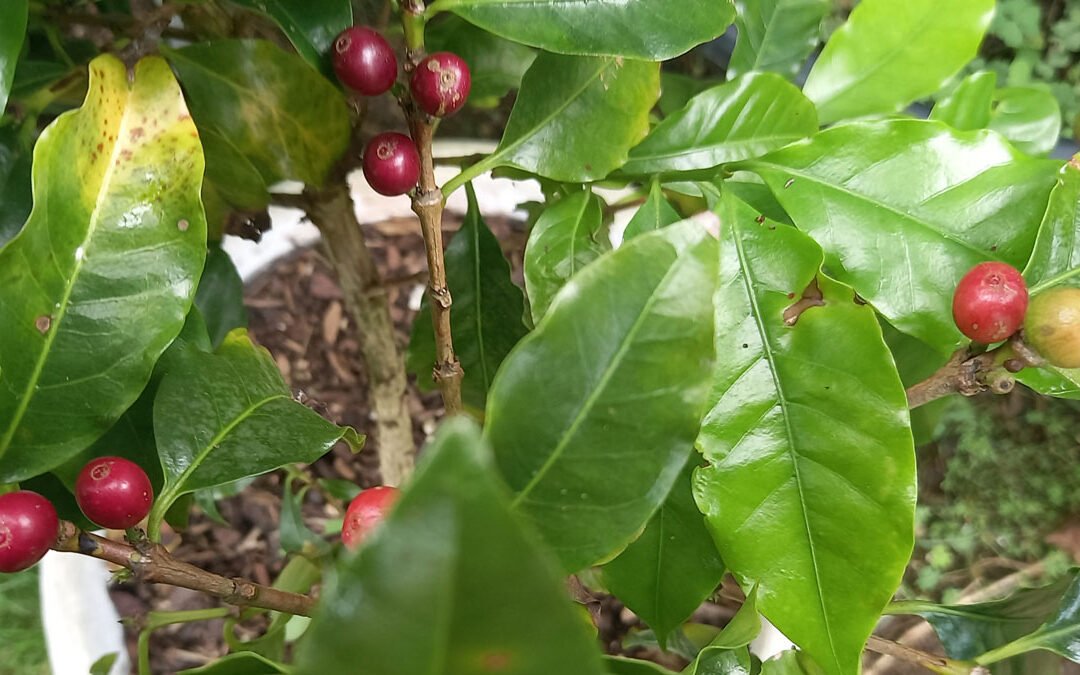A couple of weeks ago, before Cyclone Gabrielle came smashing past, I had the absolute pleasure of attending a coffee and tea workshop organised by Aunt’s Garden and presented by Rudolf Sholtz in Kaikohe.
It was well-timed. The berries on my coffee plants are just ripening for the first time. This left me with the problem of what on earth to do with them?!
Growing coffee is one of the reasons I live in Northland. I cannot imagine trying to be remotely self-sufficient without it. And Northland is one of the only regions in New Zealand where it’s actually possible outdoors and at-scale.
Though the workshop did cover tea – and I learned heaps about that too – I was there for the coffee. So that’s what I’m going to write about today.
Arriving at Rudolf’s
You know when you go to a place for the first time and your eyes immediately understand how wonderful it is? Like your own personal version of Disneyland? It doesn’t really matter what you’re into, but in this case it was a garden.
Rudolf showed me around a little while we waited for the other attendees. He’s been working on his garden for 10 years. My eye kept catching on plants I am collecting and nurturing myself (or which have been on my ‘want’ list for years).
But unlike my young specimens, his were huge, proud, and productive. A 3 meter tall finger lime absolutely dripping in fruit literally stopped me in my tracks.
It soon became apparent the others were a no-show. My workshop had turned into a private lesson – lucky me!
Is the coffee good?
The first lesson Rudolf imparted was not all coffee beans in New Zealand are equal. In fact, some are pretty crap. Enter the ‘float test’.
If the coffee seed is viable, it will sink. If it floats, then it is ’empty’ – you cannot make coffee from it and it will not grow a coffee plant.
We wandered out to the plants and each harvested a small bucket of berries, then took them back to begin processing, starting with the float test.
We smashed up the berries to separate the seed from the fruit. I was shown a couple of methods, but simply smashing them with a decent stick inside a bucket did the job.

Once smashed, it was time for the test. About 20-30% of the seeds floated. He used a sieve to skim them off the top. I noted the chickens would probably be keen on the floaters.
Processing
From here, the berries needed to be fermented in a water for a couple of days, followed by 10 days drying.
Rudolf had prepared samples of both in advance so I could see the whole process clearly without having to stay for 12 days (though I absolutely could have kept myself entertained in his garden for that long!)

Once dry, the husk of the seed can be removed with a (blunted) food processor; then the dry husk matter needed to be winnowed off to leave just the dry coffee seed (bean).
Then came the harder bit – roasting. Rudolf uses an electric frying pan (an old one – the kind that will burn your house down) and a heat gun. He stands there, constantly stirring for 15-20 minutes until the beans reach the desired roast.
It’s a lot of work for a cup of coffee, but once I tasted it, I knew why he did it.
The best cup of coffee
I start every day with a very strong coffee. Rudolf’s coffee was the best, strongest coffee I think I’ve ever had.

It was flavourful, carefully brewed in a pour-over filter. But what really got me was the caffeine kick. I’ve never experienced anything like it. It was like I was flying for the next 6 hours (until I completely crashed out).
Home-grown coffee is really freaking good. And stronger than anything else I’d had before. Rudolf’s methods were Number 8 Wire thinking embodied, and gave me permission to figure out my own techniques.
I came home so excited to get stuck in, but with a major cyclone bearing down – and then the after-effects to deal with – it’s taken a couple of weeks to get around to it.
Floating my beans
Even if every single one of my beans was good, I wouldn’t have enough for a cup of coffee this year. So I’m planning to try growing more coffee plants from this year’s seed.

That means taking my own beans through the float test, fermentation, and drying stages. Then I can plant the seeds rather than processing them into my own coffee.
More plants means more berries in the future. My own coffee is still probably a few years away, but we’re making a great start with what we have.
I harvested 22 berries, most of which contained two beans each. Some had ripened months ago and I just popped them on a shelf waiting for when I knew what on earth to do with them.
Of the 40 beans I grew, 14 were floaters. The other 26 sunk.

And so I’ll allow those seeds to ferment, then I’ll dry them. Then I’ll plant them. If some grow, then we’ll be that much closer to our own cup of home-grown coffee.
After the workshop
I left Rudolf’s a few hours after I arrived with my head swimming with information, my car loaded with plants and goodies, and on an incredible caffeine kick.
He gave me a batch of beans to try making my own coffee. I managed to ferment and dry them, even amongst the chaos of the storm.
I don’t have an electric frying pan, or a heat gun, so I’ll be roasting them in a frying pan over a gas burner. We didn’t have one when I came home from the workshop, but we do now so I might as well use it.
I’ll stand there for 15-20 minutes and keep stirring while I’m waiting for my beans to roast. Then I’ll grind them and see how it goes.
But I know they come with quite the kick, and the dried beans should be OK for some time, so I might just leave that job for a little while until I’m ready for the consequences!


